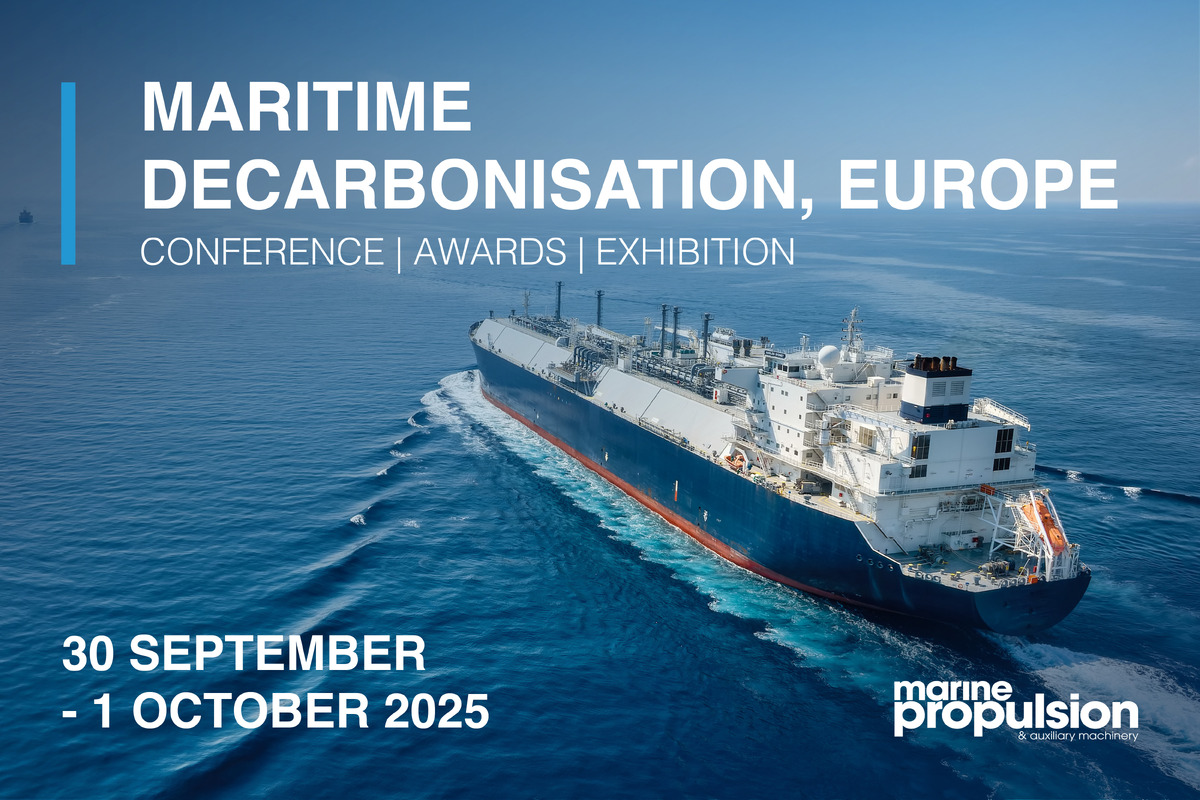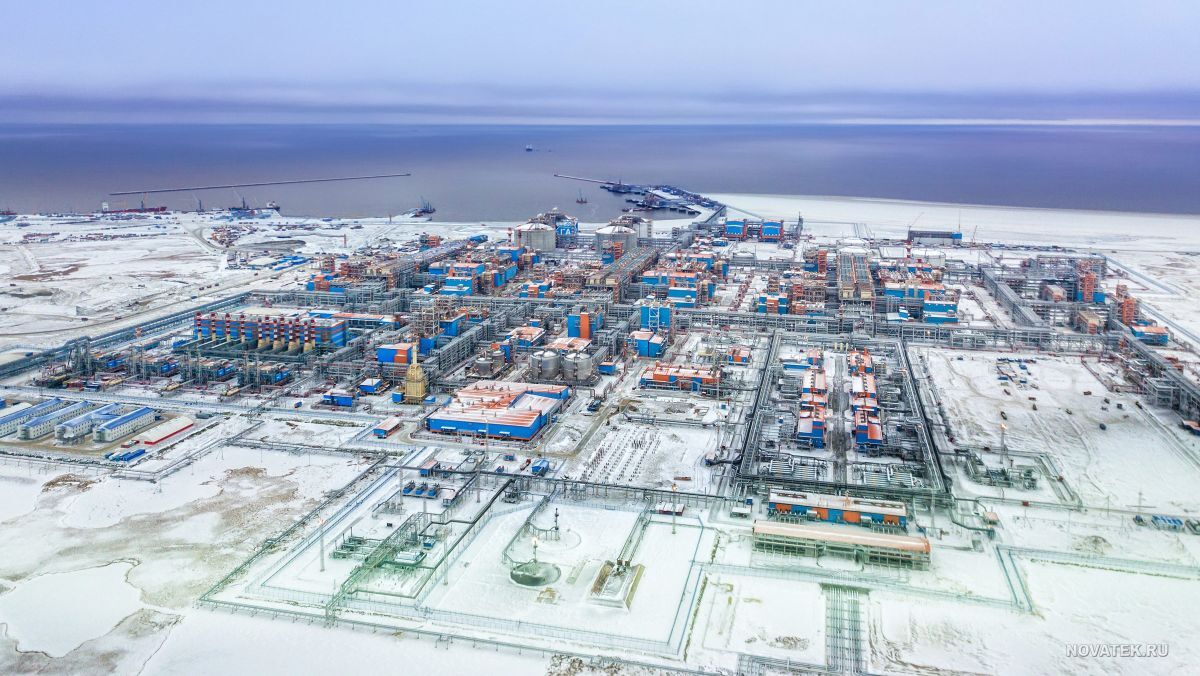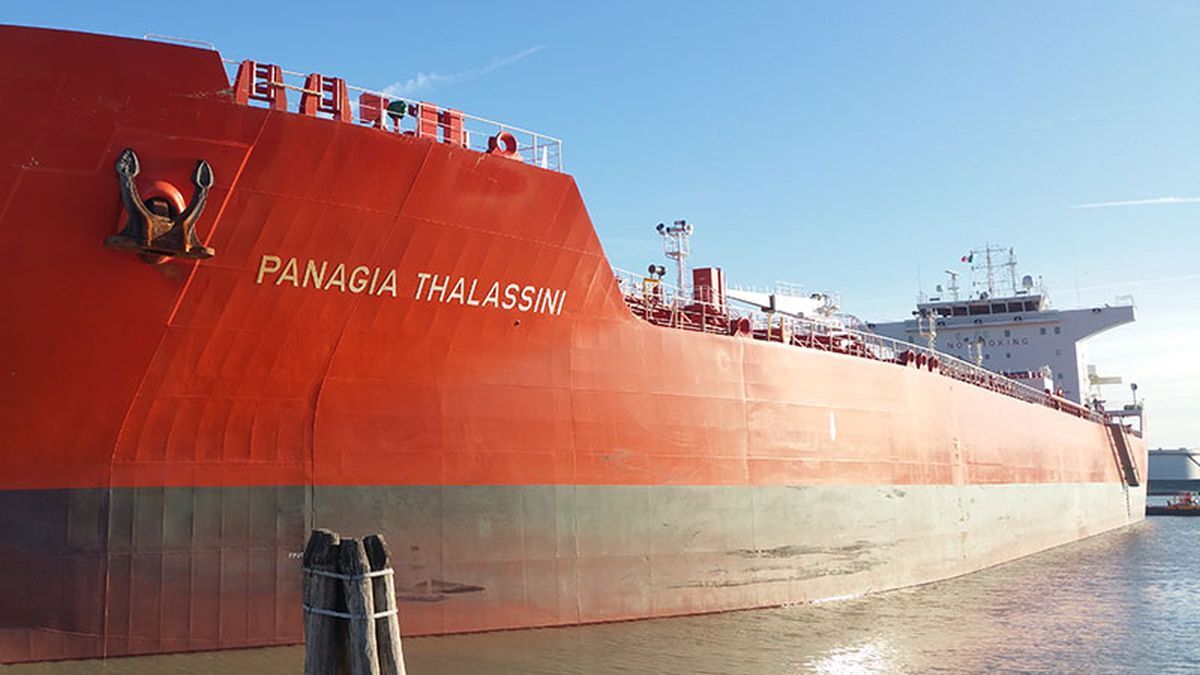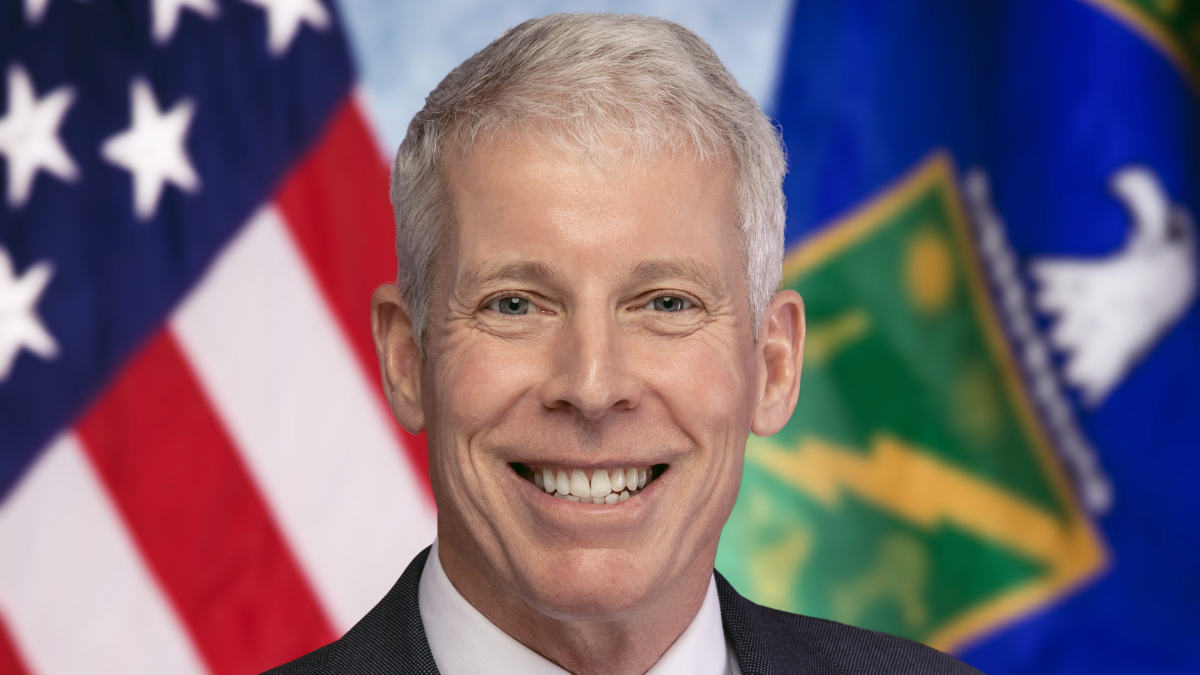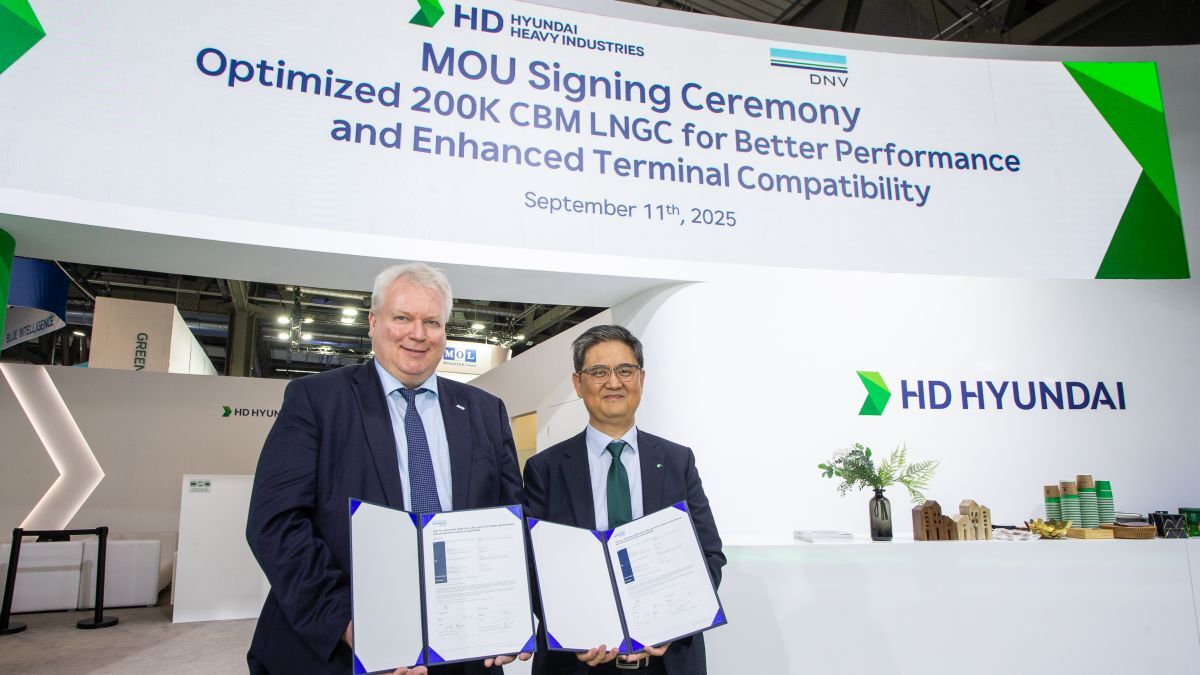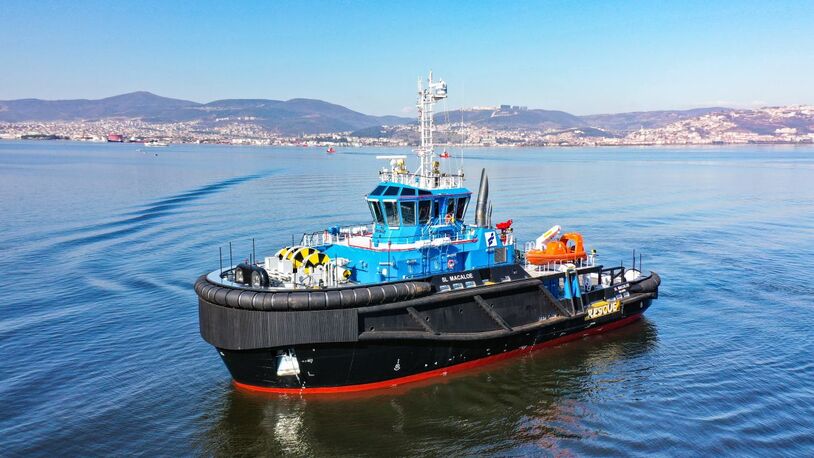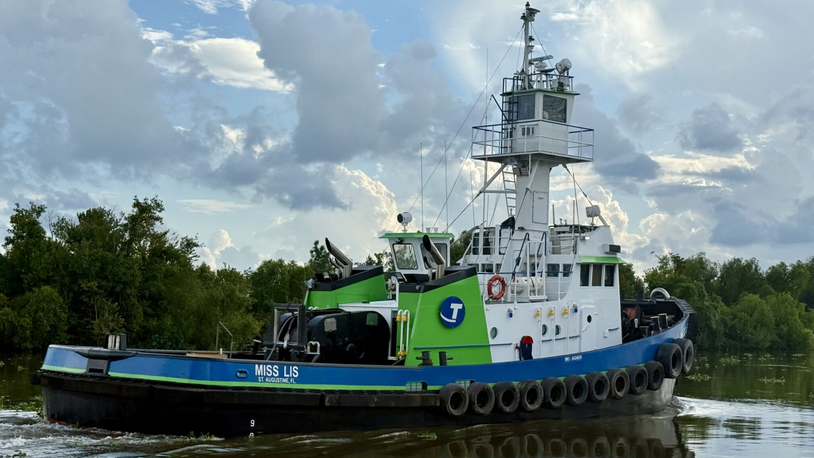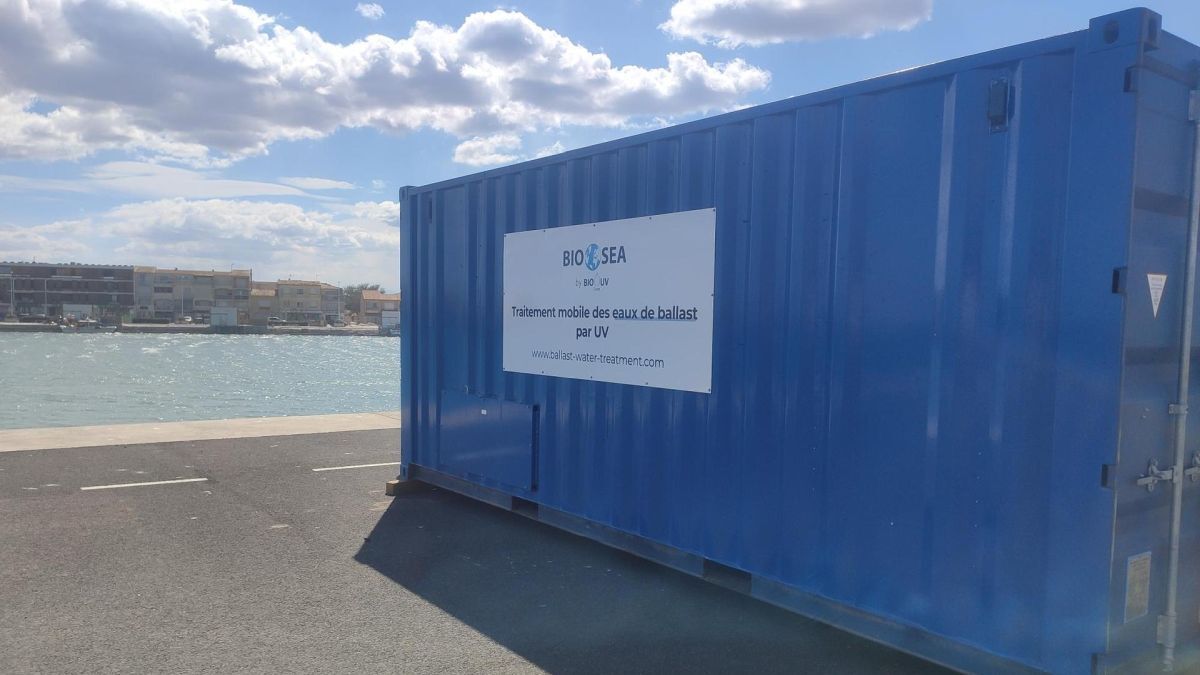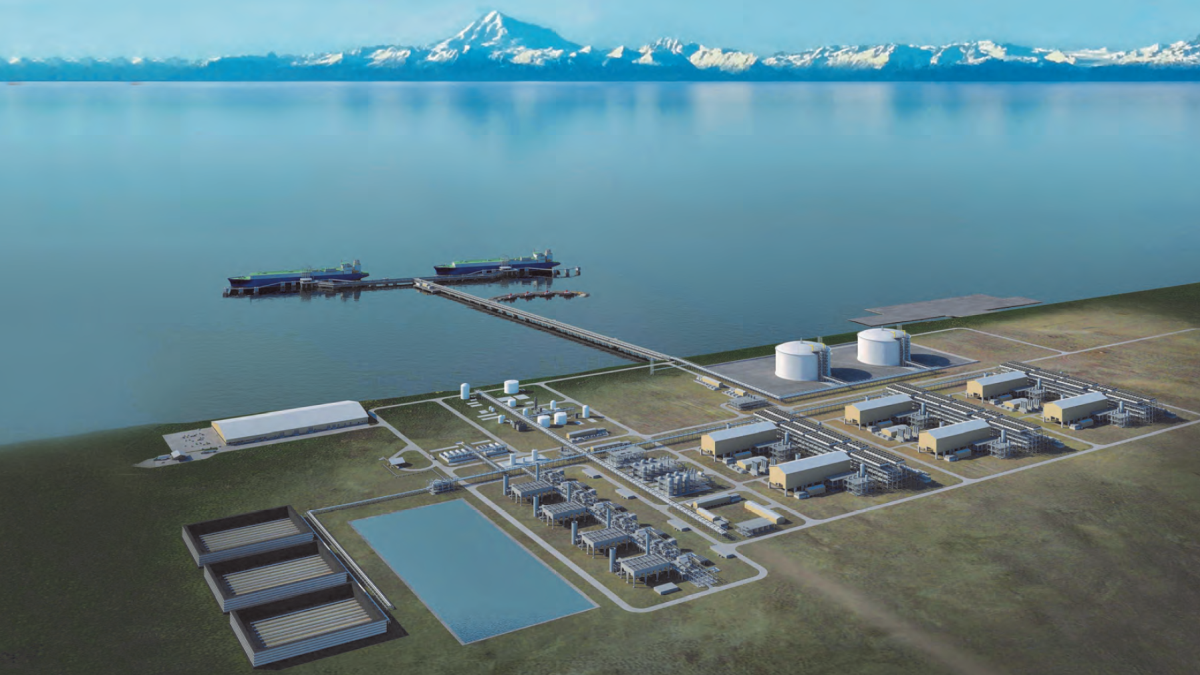Business Sectors
Contents
Register to read more articles.
BWTS: 'simplify and improve' says chief engineer
LNG Nigeria chief engineer Uchenna (Godwin Ogbonnaya) Menestrel relates her real-world insights into BWTS operations, highlighting performance, failures, and how simplification and support would address the challenges
As the shipping industry advances towards stricter environmental compliance, ballast water treatment systems (BWTS) have become essential for reducing the ecological impact of ballast water discharge. These systems, mandated under the Ballast Water Management Convention (BWMC), aim to neutralise invasive aquatic species that threaten marine ecosystems.
While the concept and purpose are clear, the practical challenges faced by shipboard engineers in operating these systems often differ from theoretical expectations. According to shipboard operators, smooth operation of BWTS hinges on: proper maintenance to ensure the system operates as designed; quality spare parts that are readily available to reduce downtime; and operator accuracy, adhering to manufacturer guidelines to minimise errors.
“The quality of maintenance servicing by manufacturers and third-party technicians often falls short”
When systems operate smoothly, they provide dependable performance, particularly in high-salinity waters where total residual oxidant (TRO) readings tend to be higher.
However, differences in salinity, sediment levels, and other environmental factors can affect performance, demanding constant adjustments by the operating engineer in charge of the system.
Despite advancements in technology, BWTS often experience mechanical and electrical failures. Common issues include clogged auto-filters requiring labour-intensive cleaning, dry-running sampling pumps due to lack of buffer tanks, and scale build-up in sampling unit tubes.
Electrical failures, such as faulty electrolyser amplifiers, malfunctioning flow control valves, and defective operator screen SD cards, also contribute to system downtime. These issues not only disrupt operations but also require shipboard operators to undertake time-consuming ballast water exchanges at sea, leading to increased power consumption ad extended man hours.
Manufacturers generally provide prompt support and ensure timely delivery of spare parts, but the quality of technical assistance can be inconsistent. While some issues are resolved efficiently, others persist despite repeated interventions.
Shipboard operators recommend simplifying BWTS designs, using higher-quality materials, and enhancing the availability of critical spare parts to address these recurring challenges.
Additionally, the quality of maintenance servicing by manufacturers and third-party technicians often falls short, with systems sometimes malfunctioning shortly after servicing.
One major concern is the lack of comprehensive training for crew. Engineers note that many operators and maintenance personnel are not adequately trained to handle the complexities of BWTS. They advocate for mandatory refresher courses, both online and in-person, to improve crew competency and ensure compliance with operational and regulatory standards.
Port State Control inspections are a routine part of ensuring BWTS compliance, and while most vessels are well prepared, the regulatory differences between IMO and US Coast Guard standards present additional challenges. Ships must often adapt their systems to meet varying regional requirements, which can strain resources and create compliance risks.
To improve BWTS performance, simplifying system designs, improving software interfaces, and using more durable materials would be a start. Enhanced after-sales service, faster spare part delivery, and better technical support are also vital. By addressing these areas, manufacturers can help bridge the gap between theoretical and real-world performance, making BWTS more reliable and user-friendly.
Related to this Story
Events
Maritime Decarbonisation, Europe: Conference, Awards & Exhibition 2025
Offshore Support Journal Conference, Americas 2025
LNG Shipping & Terminals Conference 2025
© 2024 Riviera Maritime Media Ltd.
